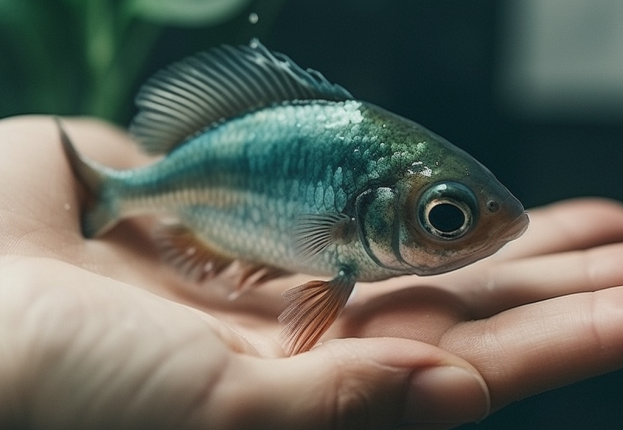Fish Keeping: Tips and Guidelines for Breeding and Care
Fishkeeping is a rewarding and relaxing hobby enjoyed by millions of people around the world. Whether you’re a beginner or an experienced aquarist, understanding the intricacies of breeding and caring for fish is essential to maintain a thriving underwater ecosystem. In this article, we’ll delve into the key aspects of breeding and caring for fish in a home aquarium.
Choosing the Right Fish
The first step in successful fish keeping is selecting the right fish species for your aquarium. Consider factors such as:
Tank Size: Different species require varying tank sizes. Ensure your tank can accommodate the mature size of the fish you choose.
Compatibility: Research the compatibility of fish species to avoid conflicts and territorial issues.
Water Parameters: Some fish have specific water parameter requirements, including temperature, pH levels, and water hardness. Match these parameters to your chosen species.
Diet: Understand the dietary needs of your fish, as some require specialized diets, while others are more adaptable.
Breeding Fish
Breeding fish can be an exciting aspect of fishkeeping. To get started, consider the following:
Species Selection: Choose fish species known for their ease of breeding, such as guppies, mollies, or bettas, if you’re a beginner.
Separate Breeding Tank: Create a separate breeding tank to provide a controlled environment for breeding. Ensure it has adequate hiding places for fry (baby fish).
Water Quality: Maintain optimal water quality with regular water changes and proper filtration to encourage breeding behavior.
Feeding: Feed the parent fish a nutritious diet to enhance their reproductive capabilities.
Care for Fry: Once the fry are born, provide specialized food for them, such as powdered fry food or infusoria, as they are too small to eat standard fish food.
Caring for Your Fish
Proper care is crucial for the health and well-being of your fish. Consider the following care guidelines:
Tank Maintenance: Regularly clean the tank, remove debris, and perform water changes to maintain water quality.
Feeding: Offer a balanced diet appropriate for your fish species. Avoid overfeeding, as it can lead to water quality issues.
Monitoring: Keep an eye on your fish for any signs of illness or distress. Quarantine new fish before introducing them to your main tank to prevent disease transmission.
Temperature and Lighting: Ensure the water temperature and lighting are suitable for your fish species. Some fish require specific lighting conditions, such as those found in planted tanks.
Compatibility: Be mindful of the compatibility of fish in your tank. Some species may exhibit aggressive behavior toward others.
Behavior Observation: Pay attention to the behavior of your fish. Changes in behavior, such as hiding or lethargy, can be signs of stress or illness.
Emergency Preparedness: Have a plan in place for emergencies, such as power outages or equipment failures. Battery-operated air pumps and spare equipment can be lifesavers.
Fishkeeping can be a fascinating and fulfilling hobby when done correctly. Understanding the needs of your fish, providing proper care, and, if desired, embarking on breeding endeavors can lead to a thriving aquatic environment. Remember that patience and continuous learning are key to successfully raising and caring for your aquatic companions.

